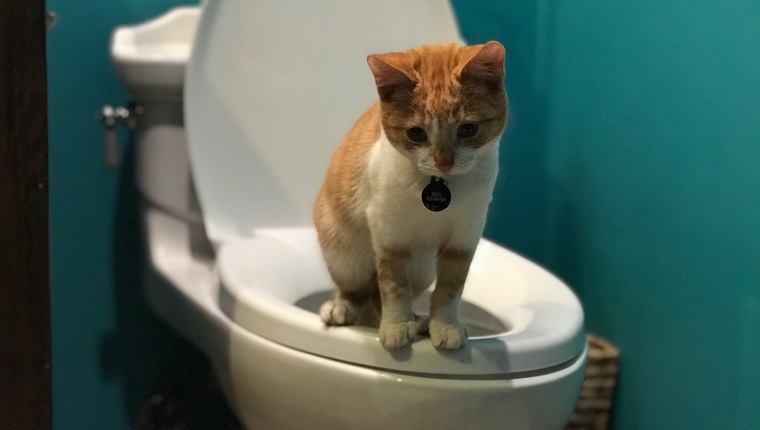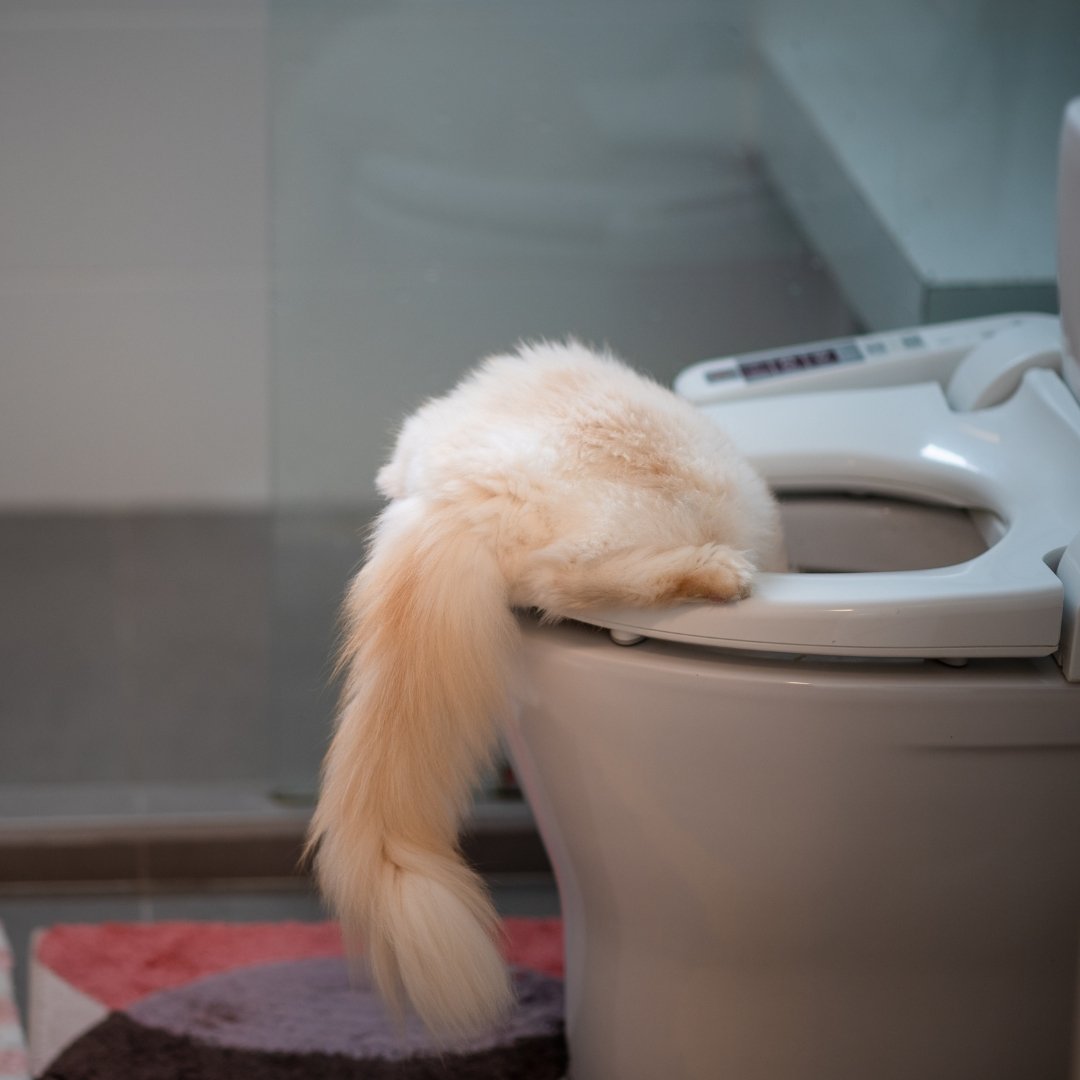Dangers of Flushing Cat Poop Down Your Toilet - Avoid Potential Problems
Dangers of Flushing Cat Poop Down Your Toilet - Avoid Potential Problems
Blog Article
We've uncovered this article about Can You Flush Cat Poo or Litter Down the Toilet? down the page on the internet and felt it made sense to relate it with you in this article.

Introduction
As cat proprietors, it's necessary to be mindful of how we take care of our feline friends' waste. While it may appear convenient to flush feline poop down the commode, this method can have harmful effects for both the atmosphere and human health.
Environmental Impact
Purging pet cat poop introduces hazardous microorganisms and bloodsuckers into the water supply, presenting a considerable danger to water communities. These contaminants can negatively influence marine life and compromise water quality.
Wellness Risks
Along with environmental worries, purging feline waste can additionally position health and wellness threats to humans. Feline feces might contain Toxoplasma gondii, a parasite that can create toxoplasmosis-- a potentially serious disease, specifically for pregnant women and individuals with damaged body immune systems.
Alternatives to Flushing
Luckily, there are safer and much more responsible means to deal with pet cat poop. Take into consideration the following alternatives:
1. Scoop and Dispose in Trash
The most common approach of taking care of pet cat poop is to scoop it right into an eco-friendly bag and toss it in the garbage. Be sure to make use of a devoted trash scoop and get rid of the waste immediately.
2. Usage Biodegradable Litter
Select biodegradable cat litter made from materials such as corn or wheat. These clutters are eco-friendly and can be securely disposed of in the garbage.
3. Hide in the Yard
If you have a lawn, think about burying feline waste in an assigned area far from veggie yards and water sources. Be sure to dig deep sufficient to avoid contamination of groundwater.
4. Mount a Pet Waste Disposal System
Buy a pet dog garbage disposal system specifically developed for pet cat waste. These systems utilize enzymes to break down the waste, minimizing odor and ecological effect.
Final thought
Liable animal possession prolongs beyond supplying food and sanctuary-- it additionally entails appropriate waste administration. By avoiding flushing cat poop down the commode and choosing different disposal techniques, we can minimize our environmental impact and shield human health.
Why Can’t I Flush Cat Poop?
It Spreads a Parasite
Cats are frequently infected with a parasite called toxoplasma gondii. The parasite causes an infection called toxoplasmosis. It is usually harmless to cats. The parasite only uses cat poop as a host for its eggs. Otherwise, the cat’s immune system usually keeps the infection at low enough levels to maintain its own health. But it does not stop the develop of eggs. These eggs are tiny and surprisingly tough. They may survive for a year before they begin to grow. But that’s the problem.
Our wastewater system is not designed to deal with toxoplasmosis eggs. Instead, most eggs will flush from your toilet into sewers and wastewater management plants. After the sewage is treated for many other harmful things in it, it is typically released into local rivers, lakes, or oceans. Here, the toxoplasmosis eggs can find new hosts, including starfish, crabs, otters, and many other wildlife. For many, this is a significant risk to their health. Toxoplasmosis can also end up infecting water sources that are important for agriculture, which means our deer, pigs, and sheep can get infected too.
Is There Risk to Humans?
There can be a risk to human life from flushing cat poop down the toilet. If you do so, the parasites from your cat’s poop can end up in shellfish, game animals, or livestock. If this meat is then served raw or undercooked, the people who eat it can get sick.
In fact, according to the CDC, 40 million people in the United States are infected with toxoplasma gondii. They get it from exposure to infected seafood, or from some kind of cat poop contamination, like drinking from a stream that is contaminated or touching anything that has come into contact with cat poop. That includes just cleaning a cat litter box.
Most people who get infected with these parasites will not develop any symptoms. However, for pregnant women or for those with compromised immune systems, the parasite can cause severe health problems.
How to Handle Cat Poop
The best way to handle cat poop is actually to clean the box more often. The eggs that the parasite sheds will not become active until one to five days after the cat poops. That means that if you clean daily, you’re much less likely to come into direct contact with infectious eggs.
That said, always dispose of cat poop in the garbage and not down the toilet. Wash your hands before and after you clean the litter box, and bring the bag of poop right outside to your garbage bins.
https://trenchlesssolutionsusa.com/why-cant-i-flush-cat-poop/

Do you appreciate more info about Can You Flush Cat Poo or Litter Down the Toilet?? Make a remark below. We'd be interested to hear your opinions about this blog post. We hope to see you back again in the future. Remember to set aside a second to share this blog if you appreciated it. I am grateful for your time. Visit again soon.
Click Here Report this page